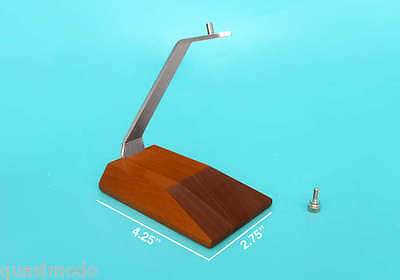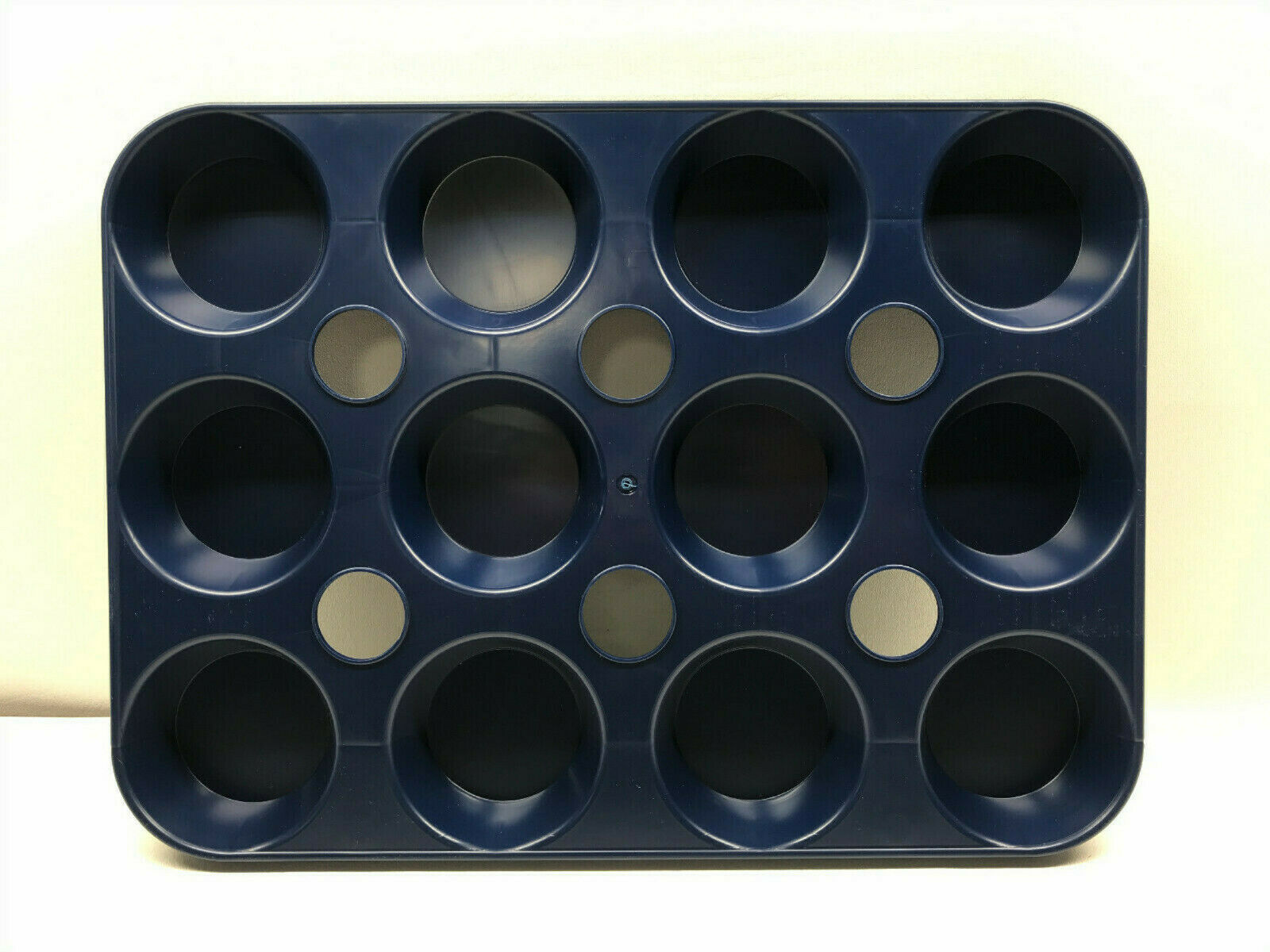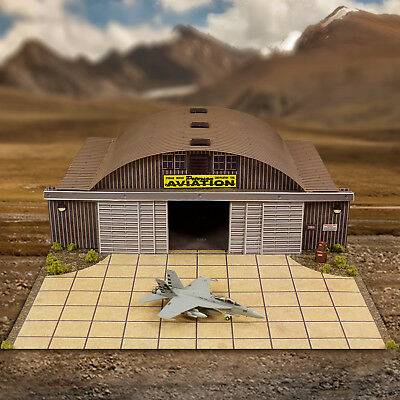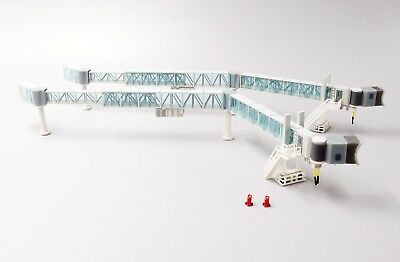-40%
Original Slide W/O 2017 Singapore Airlines Boeing B-747-412F CN 32897 LN 1322
$ 1.02
- Description
- Size Guide
Description
This Auction is for a Original Kodachrome 35mm slide ..in a black and whiteReflecta
plastic mount..
Singapore Airlines Cargo Boeing B-747-412F CN 32897 LN 1322
Date:
Monday 16 January 2017
Time:
07:19
Type:
Boeing 747-412F
Operator:
ACT Airlines
On behalf of:
Turkish Cargo
Registration:
TC-MCL
MSN:
32897/1322
First flight:
2003-01-13 (14 years )
Total airframe hrs:
46820
Cycles:
8308
Engines:
4
Pratt & Whitney PW4056
Crew:
Fatalities: 4 / Occupants: 4
Passengers:
Fatalities: 0 / Occupants: 0
Total:
Fatalities: 4 / Occupants: 4
Ground casualties:
Fatalities: 35
Aircraft damage:
Destroyed
Aircraft fate:
Written off (damaged beyond repair)
Location:
1 km (0.6 mls) W of Bishkek-Manas International Airport (FRU)
Kyrgyzstan
)
Phase:
Approach (APR)
Nature:
Cargo
Departure airport:
Hong Kong-Chek Lap Kok International Airport (HKG/VHHH)
, Hong Kong
Destination airport:
Bishkek-Manas International Airport (FRU/UCFM)
, Kyrgyzstan
Flightnumber:
TK6491
Narrative:
A Boeing 747-412F cargo plane was destroyed after impacting terrain near Bishkek-Manas International Airport (FRU). All four crew members and 35 persons on the ground were killed.
Flight 6491 departed Hong Kong on a cargo service to Istanbul, carrying a load of 85618 kgs. An en route refueling and crew change stop was planned at Bishkek, Kyrgyzstan. Weather at Bishkek was poor with winds from 60°at 1 m/s and a visibility (RVR) of 400m at the beginning of the runway; 350m at the mid-point and 400m at the end of the runway. Vertical visibility was 50 m. Air temperature was -9°C, dew point -10°C, pressure (QNH) was 1023,9 hPa.
The initial descent towards Bishkek was normal. The crew contacted Approach Control at 07:06 hours and were cleared for a descent to FL060 as per TOKPA 1 STAR (Standard terminal arrival route). The aircraft overflew the TOPKA reporting point at 07:11 at FL092 while in descent. According to the approach chart, FL060 or above should be reached when overflying TOKPA.
Shortly afterwards the controller cleared the flight for an ILS approach to runway 26. At 07:12 the controller cleared the crew for further descent to altitude 3400 ft. The aircraft was meanwhile crossing FL074. The crew was busy monitoring the flight altitude and was aware they were higher than the STAR chart.
The localizer was capture at 3600 ft agl. At that time the altitude should have been 1345 ft agl (3400 ft amsl).
At 07:15:21 after the crew confirmed capturing the localizer, the flight was handed over to Tower Control.
At a distance of 1.7 nm the aircraft reached 3400 ft amsl and the ALT HOLD OPER autopilot mode was engaged longitudinally. At that point the flight was already over 400 ft above the glideslope. The glideslope mode was armed (G/S MODE ARM), but the glideslope was not captured.
At 07:15:31 while the aircraft was in level flight at 3400 ft amsl Outer Marker overflight was recorded (as per the approach chart Outer Marker overflight altitude is 2800 ft amsl).
A glideslope signal was captured at 07:15:52, at that time the aircraft was almost over VOR/DME MANAS at a distance of approximately 1.1 nm from the runway 26 threshold, at an angle of approximately 9°. However, as per the approach chart, the rated glideslope angle is 3°. The aircraft automatically initiated descent with a vertical speed of up to 1425 ft/min.
Six seconds after the glideslope capture LAND 3 autoland status annunciation was recorded. The crew called out the annunciation.
At 07:16:01 at 3300 ft amsl the aircraft crossed the Middle Marker (as per the approach chart MM overflight altitude is 2290 ft amsl). After the glideslope descent was initiated the glideslope pointer was fluctuating within - 4 to + 4 dots.
At 07:16:07, at 3150 ft amsl, AP CAUTION and FMA FAULT 2 events were recorded. These events were continuously recorded almost until the end of the flight. An FMA FAULT 2 means that the autopilot can no longer track the actual glideslope, but will track a constant 3° glide path until a valid glideslope signal is regained or until the crew intervenes by disengaging the autopilot or initiating a go-around.
As the aircraft was descending LAND 3 status degraded to LAND 2, which was confirmed by the crew callout. LAND 2 means that the autopilot flight director system redundancy is reduced to the use of only two of the three autopilots.
The EGPWS 'Glideslope' alert was then triggered 5 times.
At 07:17:04 the flight crossed the runway 26 departure end at a height of about 110 ft. Decision height was 99 ft. The FO then called "Minimums" and the captain informed that there was no visual contact and called to go-around.
At 58 ft radar altitude the TOGA switch was pushed and engine power increased. 3.5 seconds after the TOGA switch had been pushed the aircraft hit slightly upsloping terrain and obstacles. The ground speed at the time of impact was 165 kt. The maximum recorded vertical acceleration was 6 g.
Initial impact occurred at a distance of approximately 930 m from the runway 26 departure end. It collided with a concrete airport fence and rolled into a holiday village. The aircraft broke up and spilt fuel caught fire.
Probable Cause:
Conclusion:
The cause of the Boeing 747-412F TC-MCL aircraft accident was the missing control of the crew over the aircraft position in relation to the glideslope during the automatic approach, conducted at night in the weather conditions, suitable for ICAO CAT II landing, and as a result, the measures to perform a go-around, not taken in due time with the aircraft, having a significant deviation from the established approach chart, which led to the controlled flight impact with terrain (CFIT) at the distance of ˜930 m beyond the end of the active RWY.
The contributing factors were, most probably, the following:
- the insufficient pre-flight briefing of the flight crew members for the flight to Manas aerodrome (Bishkek), regarding the approach charts, as well as the non-optimal decisions taken by the crew when choosing the aircraft descent parameters, which led to the arrival at the established approach chart reference point at a considerably higher flight altitude;
- the lack of the crew's effective measures to decrease the aircraft vertical position and its arrival at the established approach chart reference point while the crew members were aware of the actual aircraft position being higher than required by the established chart;
- the lack of the requirements in the Tower controllers' job instructions to monitor for considerable aircraft position deviations from the established charts while the pertinent technical equipment for such monitoring was available;
- the excessive psycho-emotional stress of the crew members caused by the complicated approach conditions (night time, CAT II landing, long-lasting working hours) and their failure to eliminate the flight altitude deviations during a long time period. Additionally, the stress level could have been increased due to the crew's (especially the PIC's) highly emotional discussion of the ATC controllers' instructions and actions. Moreover, the ATC controllers' instructions and actions were in compliance with the established operational procedures and charts;
- the lack of the crew members' monitoring for crossing the established navigational reference points (the glideslope capture point, the LOM and LIM reporting points);
- the crew's failure to conduct the standard operational procedure which calls for altitude verification at the FAF/FAP, which is stated in the FCOM and the airline's OM. On the other hand, the Jeppesen Route Manual, used by the crew, contains no FAF/FAP in the RWY 26 approach chart;
- the onboard systems' "capture" of the false glideslope beam with the angle of ˜9°;
- the design features of the Boeing 747-400 aircraft type regarding the continuation of the aircraft approach descent in the automatic mode with the constant descent angle of 3° (the inertial path) with the maintained green indication of the armed automatic landing mode (regardless of the actual aircraft position in relation to the RWY) while the aircraft systems detected that the glideslope signal was missing (after the glideslope signal "capture"). With that, the crew received the designed annunciation, including the aural and visual caution alerts;
- the absence of the red warning alert for the flight crew in case of a "false" glideslope capture and the transition to the inertial mode trajectory, which would require immediate control actions from the part of the crew;
- the lack of monitoring from the part of the crew over the aircraft position in regard to the approach chart, including the monitoring by means of the Navigation Display (ND), engaged in the MAP mode;
- the crew's failure to conduct the Airline's Standard Operational Procedures (SOPs), regarding the performance of the go-around procedure in case the "AUTOPILOT" (the AP switching to the inertial mode) and "GLIDESLOPE" (the EGPWS annunciation of the significant glideslope deviation) alerts during the automatic CAT II landing at true heights below 1000 ft (with no visual reference established with either the runway environment or with the lighting system);
- the delayed actions for initiating the go-around procedure with no visual reference established with the runway environment at the decision height (DH). In fact, the actions were initiated at the true height of 58 ft with the established minimum of 99 ft.
TC-MCL ACT AIRLINES BOEING 747-412F
Manufacturer Serial Number (MSN)
32897
Line Number
1322
Aircraft Type
Built as
Boeing 747-412F
First Flight
13 Jan 2003
Age
14.0 Years
Test Registration
N5022E
Production Site
Everett (PAE)
Airframe Status
Written Off
OPERATOR HISTORY
REG
AIRCRAFT TYPE
AIRLINE
DELIVERED
CONFIG
ENGINES
HEX CODE
REMARKS
9V-SFL
Boeing 747-412F
Singapore Airlines Cargo
27 Feb 2003
Cargo
4x PW PW4056
76CCCC
std
at
VCV
26 Jan 2009
Ferried
VCV
-
ANC
-
SIN
22 Jan 2010 for rts
std
at
VCV
19 Aug 2013 - 3 Sep 2015
TC-MCL
Boeing 747-412F
ACT Airlines
5 Dec 2015
Cargo
4x PW PW4056
4BB46C
Ferried
SIN
-
SAW
5- 6 Dec 2015 on delivery
opf
Qatar Airways Cargo
from 1 Jan 2016 to 15 Dec 2016
opf
Turkish Airlines
since 11 Jan 2017
Crashed 16 Jan 2017 at
FRU
operating flight TK6491 from Hong Kong. Aircraft crashed into multiple houses on landing.
Please see large scan for slide details.
If anyone has more information on these slides or a correction please send me a question about the item with the information in it. I will post it to the listing. ( If there are no bids. Cant change the
description after a bid.)
Thanks
Please PayPal only.
US shipping will be combined.
International shipping will be combined up to
3 slides . 4-7 slides .75 8
slides and up for International will be .25 no matter how many listings or slides and will be sent in a strong cardboard container for their safety .
Most of these slides were taken during my 40 years with the USAF, Seaboard World Airlines, Golden Pacific, PSA and US AIRWAYS. Some were traded for at airliner hobby shows. .
. Unless noted all of the slides are originals.Copyright is shared with the buyer.
Great Aviation POD Casts
Space Rocket History
Airline Pilot Guy
Airplane Geeks
This day in aviation History..News letter
https://www.thisdayinaviation.com/









